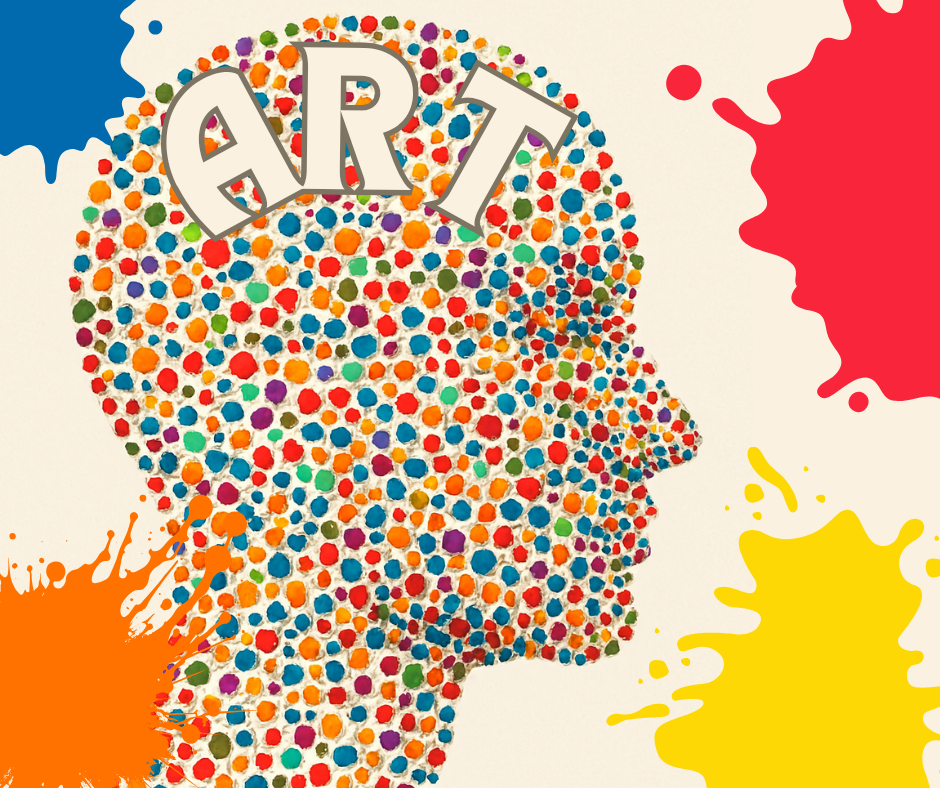Fauvist fever - the rise of the wild beasts in art - part - 1
- Ranjana Kashyap

- Jan 26, 2022
- 3 min read
Updated: Mar 23, 2022
Can anyone imagine painting…
A blue nose!
A green & red beard!
Pink trees!
Who painted such strange images? Who are the wild beasts of Art?
They produced works so strikingly unlike traditional art, that the critic Louis Vauxcelles was prompted to describe the artists as "les fauves" or "wild beasts", and thus the name was born in 1905, Salon d’Automne (an exhibition organized by the group of Matisse, Derain, Dufy, Vlaminck the key artists of FAUVISM) in Paris. They typically used strong colors, bold brushstrokes & pioneered its distinctive style.
“Fauvism” is one of the several Expressionist movements emerged in the early 20th century. Though short lived from1905 to1910, yet it was significant & influential. It demonstrated modern art’s ability to evoke intensely emotional reactions through radical visual form. Eventually, the artists in the group had diverged towards more individual interests.
In contrast to the dark, vaguely disturbing nature of much fin-de-siècle, or turn-of-the-century Symbolist art, the Fauves produced bright cheery landscapes and figurative paintings, characterized by pure vivid color and bold distinctive brushwork. They believed Color should be emotional, not literal. They Exaggerated the colors and accentuated contrast.
In 1905 an exhibition was organized by the Fauves in response to the conservative policies of the official exhibitions, or salons) in Paris. The radical nature of the exhibits shocked the viewers. The Fauves, however, lacked scientific intent. They emphasized the expressive potential of color, employing it arbitrarily, not based on an object’s natural appearance.
Let’s try to explore the basic intent through their statements:
There is nothing more difficult for a truly creative painter than to paint a rose, because before he can do so he has first to forget all the roses that were ever painted.' André Derain
The aim of painting is not to reflect history, because this can be found in books. We have a higher conception. Through it, the artist expresses his inner vision.' Henri Matisse
Their early works revealed the influence of Post-Impressionist artist like Paul Signac, whose interest in color’s optical effects had led to the juxtaposition of pure hues on canvas.
Fauvist style
Gauguin's use of color and form became the inspiration for Fauvism. Gauguin believed that color could be used to translate emotions beyond words and into objects in paintings. Other influences on Fauvism included post-Impressionist artists like Vincent van Gogh and Paul Cézanne.
Imagine trees without green or brown shades, people with blue and green complexion, and skies looking bright red. Such depiction to express the feelings of the artist through irrational use of color was the underpinning drive behind the Fauvist style. Fauves advocated freedom of choice & subjectivity through objects and matters of everyday life.
Let’s dig deeper into the background of the movement.

It started in France, when Metisse & Derain were traveling to Collioure in the summer of 1905. The little fishing town in the costal area of Collioure was sunny and in the summer, the colors of nature looked bright and saturated. Both of them were thrilled by the freshness. And they projected the freshness through the paintings. We can see the fresh and bright colors in this painting by Henri Matisse. He did it during this trip.
This painting, ‘The Open Window’ is an oil on canvas. Few characteristics are worth noting in this new form of art.
Complementary colors.
Counter-change walls & windows.
Unity through limited color scheme.
As for forms, he chose, flat or simplified shapes. Strong, saturated color were applied. Warm colors moved forward. He achieved serenity through the simplification of ideas and form as details lessen the purity of lines. They compromise the emotional intensity. Hence Matisse chose to reject them.
For Fauvists, color was more important than:
Tonal variety
Detail
Depth & perspective
No blending, glazing or gradients
Simplify lines, forms & detail
They believed, 'An artist must never be a prisoner – a prisoner of himself, prisoner of style, prisoner of reputation, prisoner of success. Fauvism was like an ordeal by fire. Paints became sticks of dynamite. They were supposed to explode with light.
Fauvist movement was miraculous. It evoked intensely emotional reactions through radical visual forms! The wild beasts of art opened new frontiers through exploration of direct expression, impactful visual forms and instinctual appeal.




I read this twice, once a quick glance, then in detail. Excellent article, felt like a thesis on art from the perspective of historical evolution of art. Art is formless yet everyone tries to frame it to a genre. Quite informative write for many of us novice folks. Kudos ranjana. 👍
I love this article a lot. Because it takes the reader to the new world. This article gives the feel of reading a mini history book. This article gives the feel of reading a mini novel. This article gives different meanings to the colours. It has lot of interesting elements. All the credits go to the author Ranjana madam. Congrats madam.
..PERIYASAMY.P.N
Well narrated and exploring one..keep on rocks
Such a wonderful ink
Excellent insight dear🙏🏼👏👌❤️